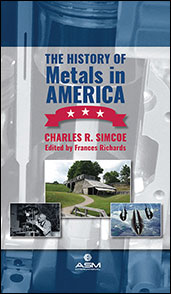Standard
Steel, Corrosion-Resistant, Bars, Wire, and Forgings, 17Cr - 0.52Mo (0.95 - 1.20C) (SAE 51440C), for Bearing Applications
2021-10-02
WIP
AMS5880F
This specification covers a corrosion-resistant steel in the form of bars, wire, forgings, and forging stock.



